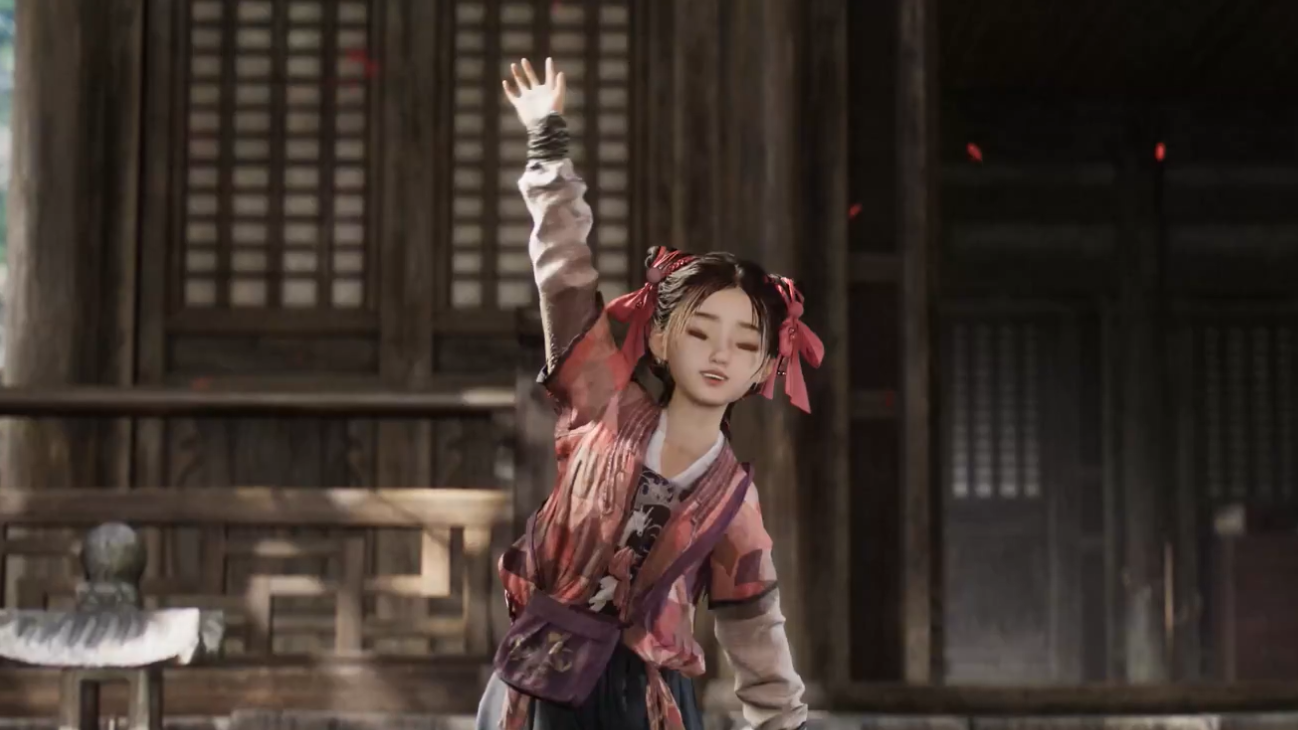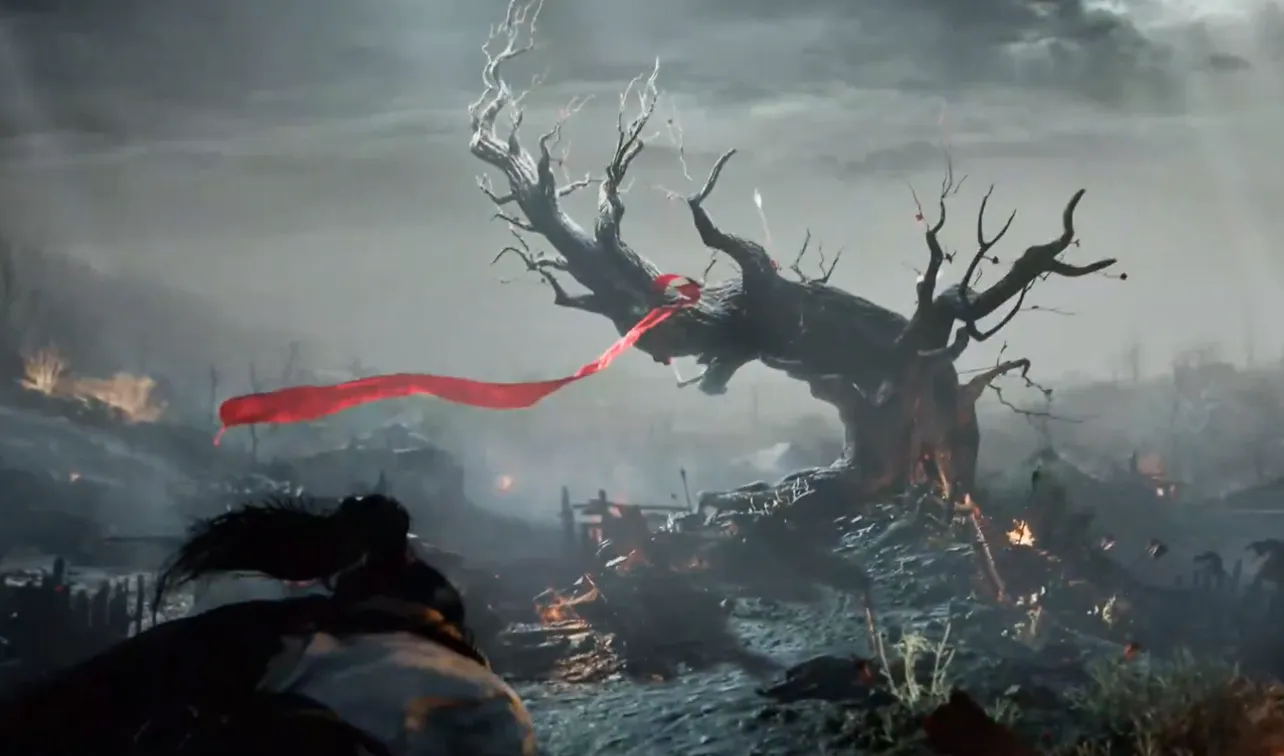Smart Customization in Where Winds Meet is supposed to be the flashy, AI-driven shortcut to a personalized hero: upload your picture, read a line into your mic, and get a character modeled on you. In practice, many players are hitting a wall — especially with the photo option repeatedly throwing “image doesn’t meet requirements” and voice lines never finishing review.
This walkthrough breaks down why Smart Customization feels “not working” for so many people, what the system actually expects, and concrete steps that have been shown to get both image and voice generation to complete.
How Smart Customization in Where Winds Meet actually works
| Smart Customization type | What it uses | What it generates | Current behavior |
|---|---|---|---|
| Image | Single face photo you upload | Face preset that roughly follows your features | Often rejects photos; results can look only vaguely similar |
| Voice | Short spoken line read into your mic | Voice “flair” and tone for your character | More reliable, but can sit “under review” for a while |
You access both from the character creation screen after picking a body type. Instead of diving into all the sliders, you swap to the Smart Customization tab at the top and choose either Image or Voice.
Important limitation: Smart Customization is mutually exclusive with manual sculpting for that generation. If you generate a face from an image and then hit the regular Customization tab, the game warns that it will wipe the Smart result. You can always re-customize later in-game using the standard appearance editor, but you can’t “tweak on top” of a Smart preset during that initial run.
Why Where Winds Meet Smart Customization feels “not working”
The launch version of Smart Customization has a few very visible pain points:
| Symptom | What players see | Likely cause |
|---|---|---|
| “Image doesn’t meet requirements” every time | Multiple different photos all rejected, no clear explanation | Strict face-detection rules: framing, obstructions, file characteristics |
| Endless retries before a photo is accepted | Same photo fails many times, then suddenly works | Backend recognition that’s inconsistent rather than truly broken |
| Generated face doesn’t look like the photo | Accepted image yields a fairly generic or off-model character | Stylized game head shapes and limited mapping from 2D to 3D |
| Voice line never applies | Recording stuck on “under review,” or never seems to change the voice | Server-side processing lag and bugs in the early days |
The picture pipeline is simply far pickier than the UI lets on. The game doesn’t list any specs, so most people are testing selfies at random and getting stonewalled. The good news is that Smart Customization is functioning — it’s just extremely sensitive to how you capture and crop your image, and the result is more of a loose template than a 1:1 recreation.
Fix Where Winds Meet Smart Customization image “doesn’t meet requirements”
If you’re stuck in a loop where every upload fails, you need to treat your photo like a passport or an ID headshot. That means following a set of constraints the system appears to rely on.
| Requirement | What you should do | Why it matters |
|---|---|---|
| Only your face | Use a tight, square crop around your head and a bit of neck | Helps the detector lock onto a single face without background clutter |
| Full frontal view | Look straight at the camera, no significant tilt or profile | Side angles often fail detection or distort mapping |
| No obstructions | Remove glasses, hats, big earrings, masks, and anything covering eyes or jawline | Accessories frequently cause the “doesn’t meet requirements” error |
| Visible edges of the face | Keep both ears and the full outline of your face inside the frame | Hidden edges make it hard to derive head shape |
| Moderate quality image | Use a normal phone selfie; avoid ultra-high-resolution or heavily compressed images | Extremely large or aggressively filtered files are more likely to be rejected |
| Simple background | Plain wall or soft background blur; no strong patterns or backlighting | Prevents the system from mistaking background for facial features |
A simple workflow that has produced successful uploads:
- Take a new selfie with your phone’s front camera in decent indoor light.
- Keep a neutral expression; don’t overdo smiles or exaggerated poses.
- Transfer the photo to your PC by any method you like.
- Open it in a basic editor and crop to a square around your face only.
- Save as a standard JPG with a modest file size (a few hundred kilobytes is typical).
- Upload that file to the Smart Customization > Image panel.
After the upload, the game will ask you to adjust the zoom and align your face with the on-screen guidelines. If you rush that step or misalign the face, it can force you to reupload, which looks like another rejection.
One more frustrating quirk: the same photo may need to be submitted several times before it’s accepted. Some players have seen success only after reuploading the identical file 8–10 times. That’s not great UX, but it’s worth trying if you’re confident the photo meets the criteria above.
Set expectations: the generated face won’t be an exact copy
Even when you clear the requirements and the image goes through, the output is not a perfect clone of your real face. The game uses a stylized character base, with predefined bone structures and proportions. Smart Customization nudges that base toward your features, but it’s more about capturing broad traits than reproducing every nuance.
Common differences people notice:
- The jawline and cheeks look closer to the game’s default than to the photo.
- Skin tone and lighting shift toward the game’s rendering style.
- The eye shape or nose may echo the photo, but not match precisely.
Think of Smart Customization as a shortcut to a starting preset rather than the end state. If the result feels off, you can either rerun the process with a different photo or abandon Smart Customization for that character and lean on the manual editor later in the game.
Use Where Winds Meet Smart Customization with voice recording
The voice side of Smart Customization is less temperamental than the image side, but it still has a few rules you have to respect. The flow looks like this:
- Select your body type in character creation.
- Open the
Smart Customizationtab. - Switch to the
Voicesection and chooseRecord Audio. - Grant microphone permission to the game when prompted by your OS.
- Read the text displayed on screen, clearly and at a normal volume.
- Wait while the system processes the recording.
When everything goes smoothly, the recording is accepted on the first try and the game applies a voice profile that reflects your reading. Several players report this worked immediately as long as they spoke clearly and had their microphone permissions configured correctly.
However, early versions also show cases where:
- The recording repeatedly fails outright.
- The status flips to “under review” and then hangs there for an extended period.
- The status completes, but the audible difference in voice is subtle or hard to detect.
If you see zero response, double-check that:
- Your microphone is selected and working in your OS settings.
- Other apps using the mic (voice chat, streaming tools) are closed while you record.
- You’re not whispering or speaking from far away; the system needs a clean signal.
If the line sits on “under review” for a long time without error, it’s usually a sign of server-side backlog or a transient bug rather than something you can fix locally. In that case, you can skip Smart Voice for your first character and revisit appearance changes later when systems are more stable.

What you can safely skip now and redo later
A big concern for many players is whether they need to wrestle Smart Customization at launch or risk being stuck with a bad face or voice. The answer is you have a lot of flexibility after you clear the prologue.
| Customization element | Can adjust later? | Cost and limitations |
|---|---|---|
| Basic face options (presets, colors, makeup) | Yes | Makeup, skin tone, eye color typically changeable at little or no in-game cost |
| Detailed facial structure (sliders/sculpting) | Yes | Requires an appearance-change item; priced in jade but described as inexpensive |
| Hairstyle | Yes | You can unlock and swap hairstyles; two free daily hair options become available via the home mirror once you progress the main story |
| Smart Customization (image/voice) | Effectively yes | You can ignore it at launch and rely on standard customization later; Smart is optional |
A few extra points worth keeping in mind:
- Character names are unique. Securing the ID you want early is more important than perfecting your jawline on day one.
- You can import face presets created by other players. Those often look better than early Smart results and require no photo at all.
- The game lets you save and switch between multiple face presets, so experimentation isn’t locked to a single look.
Because the first full appearance change after the intro is either free or lightly priced in jade, you’re not punished for blowing past the initial creator and revisiting your look later, once you’ve decided whether Smart Customization is worth your time.
When it’s better to skip Smart Customization entirely
Given how finicky the image system is right now, there are situations where it simply isn’t worth chasing:
- You’ve spent more than half an hour uploading variations of the same photo with no success.
- Your generated faces look consistently worse than the default presets.
- Your voice recordings keep failing or hanging, and you’d rather get into the game than troubleshoot audio.
In those cases, treating Smart Customization as an optional novelty is the sanest move. Pick an Elegant or Realistic preset you can live with, secure your name, and start playing. Once you unlock the in-game appearance tools and daily hairstyles, you can refine your character in a less frustrating context.
Smart Customization can occasionally deliver a fun, slightly personalized hero, but it’s not a core progression system. If Where Winds Meet’s image upload keeps telling you it “doesn’t meet requirements,” the problem isn’t you — it’s a strict, somewhat opaque pipeline that still needs refinement. Until that happens, think of Smart Customization as a bonus experiment, not a barrier to enjoying the rest of the game.


